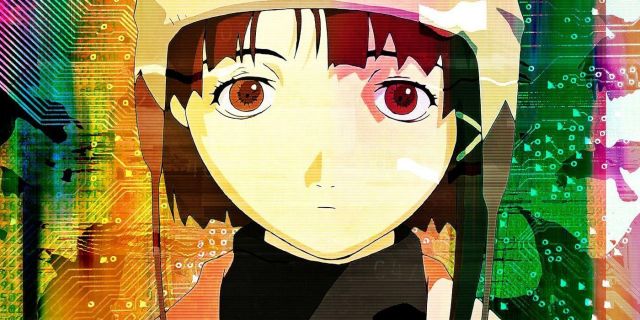Serial Experiments Lain is a beloved cult classic in the anime community, and its influence has proved just how well the series stands the test of time. From TikTok trends using the show’s main theme and the success Lain has had in the video game realm, it seems that something about this series stays relevant even as it gets older. Its reach spans decades of Internet culture and various mediums — something very few anime can claim, placing it alongside such revered anime as Cowboy Bebop, Neon Genesis Evangelion and some of the most popular shonen series of the past few decades. Given this success, even though the show is considered “underground,” it makes sense that people close to it want to keep the series popular enough to continue to profit from it.
Part of what makes Serial Experiments Lain special to so many fans is its unconventionality and ways of exploring complex themes in an abstract yet nuanced way. While Lain is undeniably about the dangers of a digital persona gone too far in its titular protagonist and the blurring of the “real” world and the “Wired” — the online platform where her persona takes shape — it is also undeniably about how very real the digital world is. In other words, even when the Wired seems too far-fetched to be a reality, for the people inside it, it’s always just as real as the world others live in. What happens on the Internet does not exist in a bubble, and people can never know or fully comprehend the toll it takes on their lives and on their connections with other people. This is one of Lain’s key thematic threads, yet this sense of dread seems to go directly against a new project being created titled Layer 3301: De-Cipher, an ARG game being released to celebrate the anime’s 25th anniversary.
What Is the New Serial Experiments Lain Game?

The website for the game touts exclusive material for “superfans” of Lain, including cell animation from the original series and new aspects of the anime’s world for players to interact with. While the project, at first glance, does seem to be an interesting and fun expansion of the anime’s universe, a couple of things have raised concerns for many Lain fans. For one, the website outright admits to using AI Stable Diffusion technology in its creation. The other and more buzzed-about problem is the fact that the game relies on its players purchasing NFTs.
NFTs, or non-fungible tokens, are digital identifiers — similar to cryptocurrency — that have been making a big splash in the financial world in recent years. The most common and worthwhile critiques of NFTs are the toll they take on the environment in using so much power and electricity to create the tokens and the general sense of speculation that surrounds their value and worth. Many people claim that NFTs are useless, given that they aren’t real, tangible items and don’t hold value in the same way that typical digital currencies do. In relation to Lain, the NFT and AI components of the game completely detract from the ideas presented in the anime.
Layer 3301: De-Cipher Goes Against the Lain Anime’s Themes

There are many scenes in the 1998 anime where it appears as though the digital world is seeping into and infecting the real world, sometimes visible to bystanders, sometimes not. NFTs are part of a problem that sees the widespread damage that rapid technological advancement can do to the environment, and the series directly critiques and challenges the ideology presented by someone like Lain’s father, who is computer-obsessed. NFTs are a symbol of status and wealth, but they hold virtually no meaning to those in the real world, removed from their worth and context. Serial Experiments Lain is similarly about the dangers of zeroing in on the digital world as reality with no thought to the one outside it, and viewers see this clearly when Lain’s life becomes overrun by the Wired in the anime.
The AI component, while clearly not meant to recycle some of the previous critiques by using copyrighted, stolen art, still presents a challenge to what Serial Experiments Lain represents to its fan base as well. The series sings with off-the-wall, bold and unique animation flourishes, and its nonsensicality is part of its allure. With AI writing/artwork, the human originality involved in the craft of art is taken away, instead replaced by a machine whose job it is to produce whatever the person using it wants. In stark contrast to the boldness of the Serial Experiments Lain anime, this seems a lazy move — one that makes the game feel less Lain and more like another misguided adaptation in the already overcrowded anime-to-video-game adaptation realm.
All in all, many fans are still sure to buy and enjoy the new game and all its exclusive content. At the same time, it seems only right that other fans draw attention to the problems with this project, given how much they contradict Lain and what it means as a series dissecting the Internet and technology.















Leave a Reply